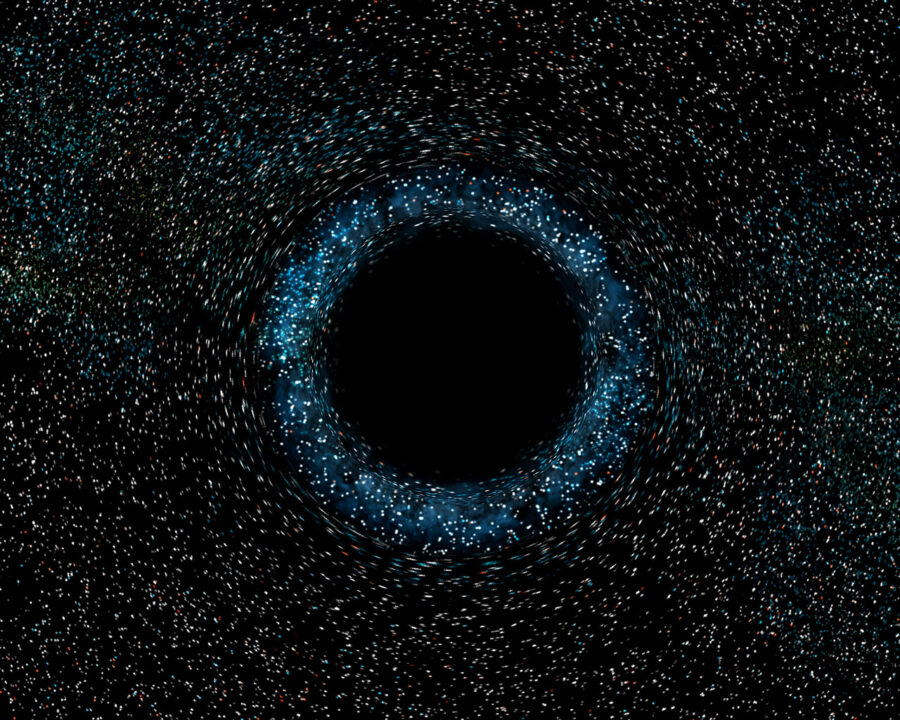Scientists Say Our Galaxy Is Surrounded By Wall Of Dead Stars
Scientists say that our galaxy is surrounded by an enormous amount of burnt-out stars and black holes.
This article is more than 2 years old
Yesterday The Byte reported that scientists have discovered a massive “galactic underworld” of dead stars. Like all things in the universe, even stars burn out and die. But this discovery found that this massive graveyard of dead stars surrounds our galaxy at a rate of three times the size of the Milky Way.
The life of a star is a fascinating journey. Each one is different and varies in size. It all begins as hydrogen fusion sparks at their cores, a dense hot space makes it all possible and lights up the sky, but the death of a star is another great process that has led scientists to attempt to track dead stars.
Bigger stars offer a larger show when they burn out. Although they live shorter lives than smaller stars — just a few million years — their larger size fuses other elements like carbon, helium, magnesium, oxygen, silicon, and other materials due to their increased gravitational pressure. This is what makes larger stars go out with a bang, a supernova that leaves maybe a few of the dead star’s remains, they pull in iron at the end of their life and that spells their doom.
Medium and small stars leave behind more remains because they do not have a large enough mass to pull in more elements until they explode. When medium stars are on their way out, they start spilling out wisps of gas and dust that surround the center and glow for around ten thousand years before finally cooling and leaving behind their remains. Smaller stars offer a less exciting end-of-life show, simply burning brighter and brighter until they have nothing left to give and leave behind a mass of helium and hydrogen to float through the universe as nothing more than a dead star.

Larger stars are more likely to form a black hole when they die due to the impact of their collapses. Neutron stars are the other form that a dead star takes. This creates a densely packed mass of protons and electrons that weigh over a billion tons.
Both of these dead star remains have the power to warp time, space, and matter. This concept is so interesting to those studying the stars that they created a simulation to chart star life cycles and project where their remains would likely be. Now, proven successful, the discovery of the dead star graveyard displays how at least one-third of these remains were flung away from our galaxy and left to build up a wall that is to be further studied.
Charting the stars has been an age-old tradition, utilized by various civilizations throughout history. Now, instead of just seeking guidance from these gas balls, modern scientists are working to find dead stars and study their remains in order to better understand the entire universe. It is a feat that will require further research and study, as well as patience as the technologies designed to hunt for these remains are still being developed and improved upon based on this new discovery and the location of the wall of dead stars.












